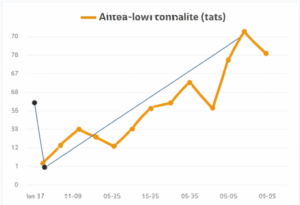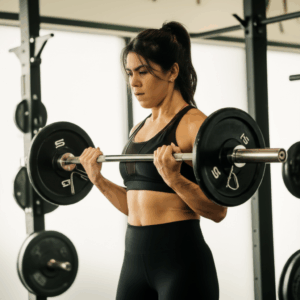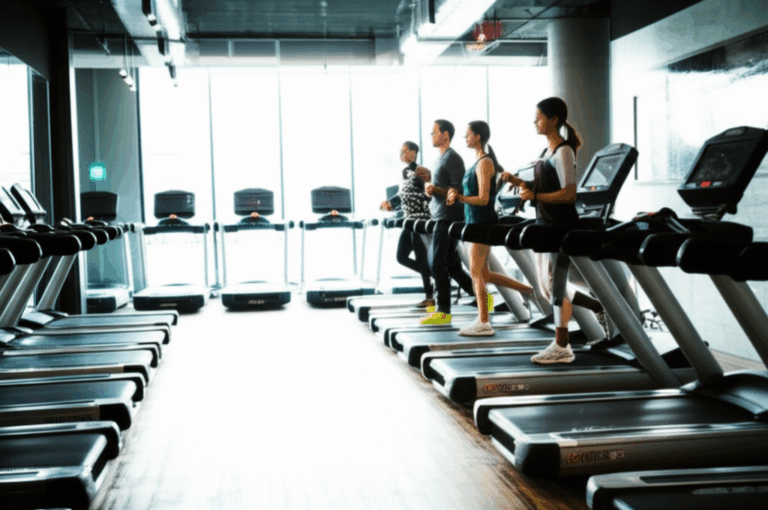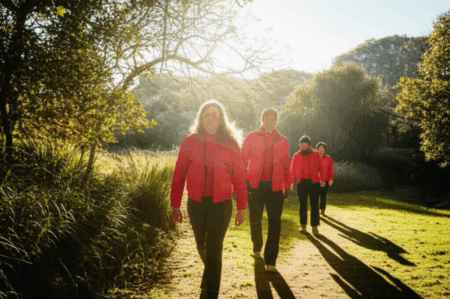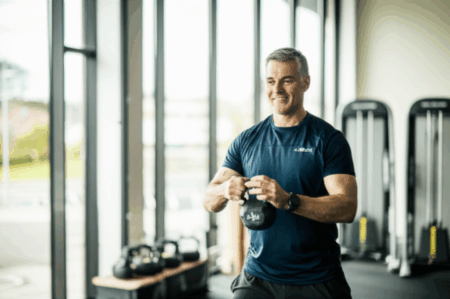As we age, maintaining peak fitness might seem like an uphill battle, often conjuring images of grueling workouts or restrictive diets. But what if a highly effective, age-defying fitness routine could be achieved in just 30 minutes, primarily by simply walking? For 52-year-old fitness coach and physical therapist Won Dolegowski, that’s precisely the secret to her sustained health and vitality. Dolegowski emphasizes the critical role of cardio, even when resistance training is a priority, showcasing how a concise walking session can deliver significant heart-and-lung benefits and enhance endurance.
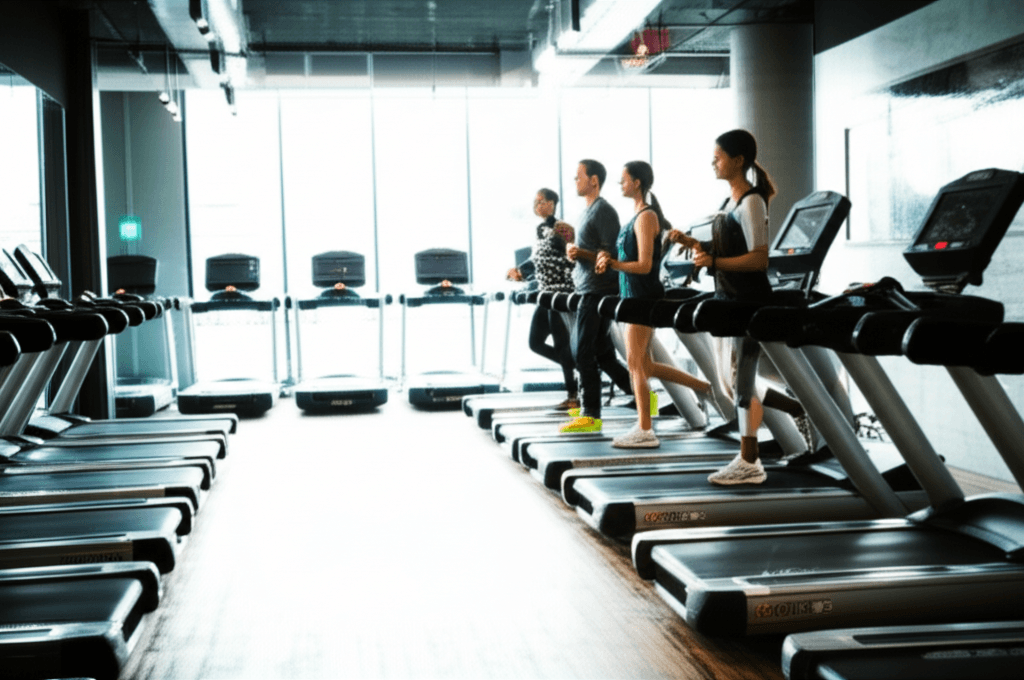
Coach Won Dolegowski’s 30-Minute Treadmill Routine
Dolegowski’s go-to cardio workout is specifically designed for maximum impact in minimal time, making it perfect for busy schedules. It’s a treadmill-based session that focuses on incline to elevate the heart rate without the high impact often associated with running.
The Warm-Up (3 Minutes)
Every effective workout begins with a proper warm-up to prepare the body for activity and prevent injury. Dolegowski starts with a gentle, progressive warm-up.
- Speed: 2.5 mph
- Incline: 2-3%
The Cardio Core (24 Minutes)
This is the main segment of the workout, where the heart and lungs get their primary challenge. The key here is a brisk pace combined with a significant incline to boost cardiovascular health and endurance.
- Speed: 3.2 mph
- Incline: 8-9%
The Cool-Down (3 Minutes)
Just as important as the warm-up, the cool-down helps gradually lower the heart rate and allows the body to recover, reducing muscle soreness.
- Speed: 2.2 mph
- Incline: 0%

Understanding the “Talk Test” for Optimal Intensity
To ensure you’re working at the right intensity, Dolegowski recommends the “talk test.” During the cardio portion of the workout, you should be breathing heavier and breaking a sweat, but still able to hold a conversation. This indicates you’re in Zone 2 cardio (60-70% of your maximum heart rate), which is sustainable and highly effective for improving cardiovascular fitness. While Dolegowski prefers an incline walk on the treadmill, she notes that the heart doesn’t differentiate between machines; therefore, any cardio exercise you enjoy, such as biking, rowing, or using an elliptical or Stairmaster, can be substituted as long as the intensity is maintained.
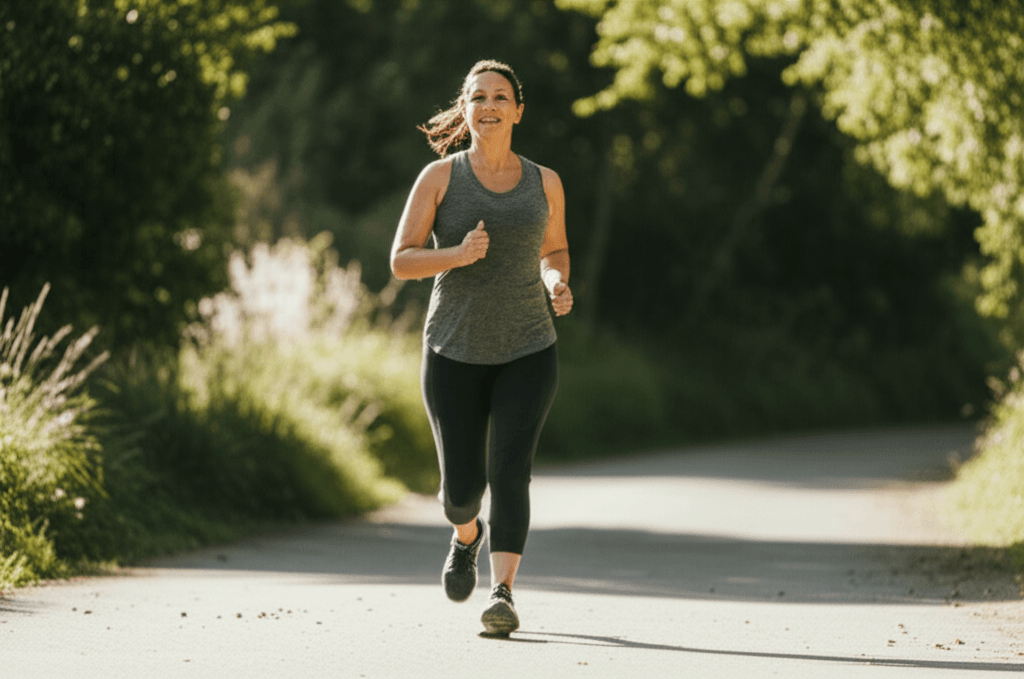
The Broader Benefits of Walking for Those Over 50
Walking, especially with purposeful intensity, offers a multitude of benefits that are particularly crucial for individuals over 50. It’s a low-impact exercise that’s gentle on the joints, making it a highly accessible form of physical activity for many.
Enhanced Cardiovascular Health
Regular walking significantly improves heart health by boosting blood circulation, reducing “bad” cholesterol (LDL), and increasing “good” cholesterol (HDL). The rhythmic nature of walking helps the heart pump at a steady rate, which is vital for overall cardiovascular well-being. Walking for at least 30 minutes per day, five days a week, is recommended to help maintain a healthy weight and reduce the risk of chronic diseases.
Strengthening Muscles and Bones
Aging naturally leads to a decrease in bone density and muscle mass. Walking, being a weight-bearing activity, is excellent for strengthening bones and reducing the risk of osteoporosis and fractures. It also engages multiple muscle groups, helping them stay active and strong.
Improved Joint Health
Contrary to popular belief, movement is beneficial for joint health, even with conditions like arthritis, which can naturally occur with age. Walking helps to lubricate joints, particularly the knees and hips, and keeps the surrounding structures and soft tissues flexible, which is important for managing arthritic joints.
Weight Management
As metabolism naturally slows down with age, managing weight can become more challenging. Regular walking helps burn calories, maintain a healthy weight, and prevent chronic diseases such as diabetes and heart disease. A healthy weight also contributes to increased energy levels, easier mobility, and reduced stress on joints.
Boosted Mental Health
Walking isn’t just for physical benefits; it also greatly impacts mental well-being. It can increase confidence, improve mood, reduce anxiety or depression, and enhance energy levels and stamina. Research shows that older adults recognize walking’s benefits for mental health (75%) and brain health (59%).
Enhanced Balance and Coordination
Walking requires the coordination of several muscle groups and improves the body’s ability to stabilize itself quickly, thereby reducing the risk of falls, a significant concern for older adults.
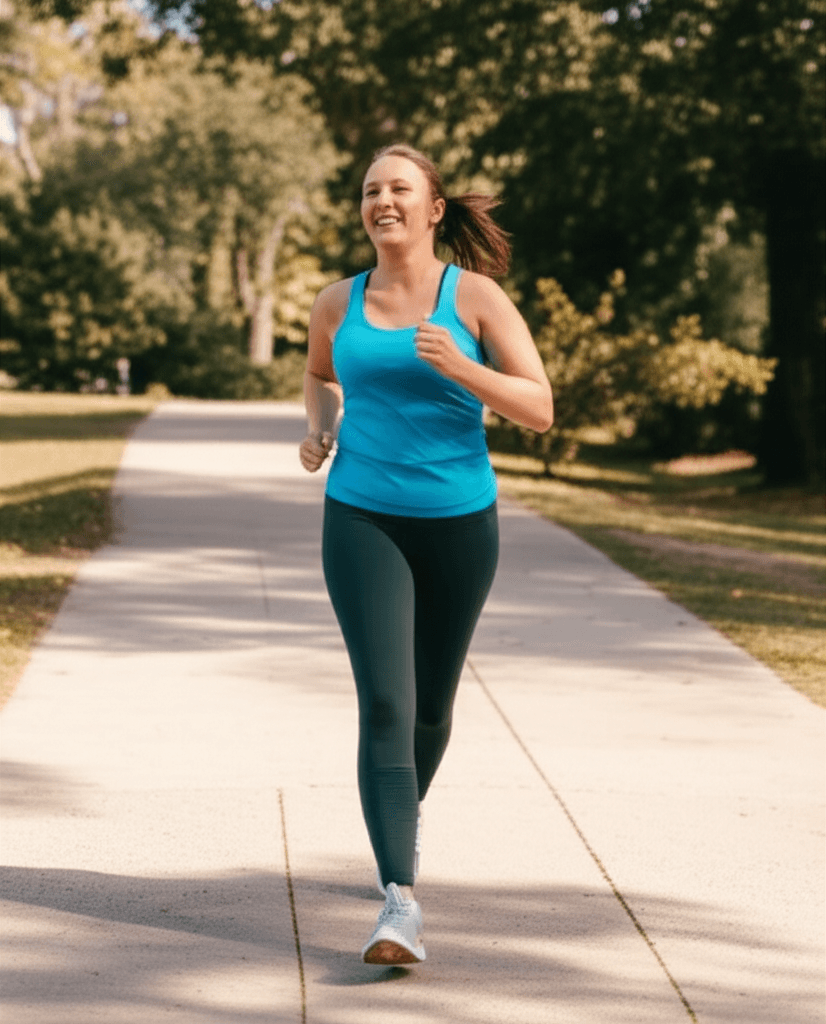
Incorporating This Walking Workout into Your Routine
Consistency is key to reaping the benefits of any fitness regimen. Dolegowski advises a holistic approach, recommending resistance training 3-4 times a week, daily walks aiming for at least 10,000 steps (or a gradual increase of 1,000 steps weekly), ample sleep (7-8+ hours), and sufficient protein intake (at least 30g per meal).
If outdoor walks aren’t feasible, especially with weather constraints, a walking pad or treadmill can be an excellent alternative. The important thing is to prioritize movement. Even on days when time is scarce, a short, brisk walk like Dolegowski’s 30-minute routine can make a significant difference in maintaining health and fitness well into your 50s and beyond. Remember, something is always better than nothing, and small, consistent steps lead to big results over time.


